Subscribe now and get the latest podcast releases delivered straight to your inbox.
A recent report from BuzzSumo showed that the average number of shares on a piece of content has halved over the last couple of years and median number of links out of 100 million articles researched was 0.
If you don’t get shares, it’s unlikely people will see your content on social media channels.
If you don't get links, it’s going to be very difficult to rank on Google.
And frankly, if you don’t have either -- is anyone ever going to see your content?
To get those links and shares, we need to not only be smarter about the content we create, but spend more time promoting it.
Here are 4 clever ideas that are guaranteed to help you get more traffic, attention, and shares by doing less.
1. Create a Research Report
Research reports provide data-driven insight into a particular topic which is why people love sharing and referencing them when writing their own content.
You can use your industry expertise to produce original data and insights related to a topic that will interest your peers and your target audience or even ask them to take a survey.
How many times have you seen the same statistics and source cited across the web? Once released, you have the opportunity to be linked to by thousands and thousands of others are a resource.
This will not only drive traffic to your website, but also help build your authority as an expert in your field.
Do a search on Google for the keyword terms you want to rank for and if there’s no recent research report and it’s suitable to your industry, you’ve an opportunity to stand out.
Even if the market is completely open, you always want a unique angle to make your content stand out.
Here’s an example:

Every year, Andy Crestodina surveys more than 1000 bloggers to provide a comprehensive research report about blogging statistics and trends.
Needless to say, this is an incredibly useful piece of content for anybody in the business of blogging or digital marketing and it gets a lot of attention, shares, comments, and links.
Now, research reports are expensive because they take a lot of time and resources to produce, but they are worth the investment because they’ll perform so much better than your typical blog content.
Plus, you’ll have an extremely valuable piece of evergreen content that you can periodically update so it won’t lose its value over time.
Advanced Tip:
Use the Ahrefs keyword explorer to research the keyword you want to rank for.
This will show you an estimated keyword difficulty score, or the number of links you need to have a chance to rank in the top 10 search results:
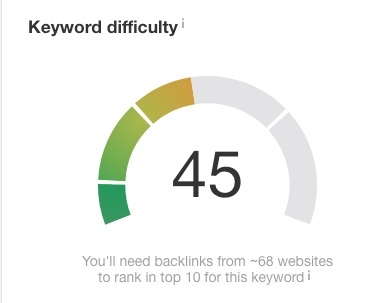
Note: This is not linear so 45 requires more than 68 links
To have an idea if you can achieve this level of links, have a look at Ahrefs site explorer to see what the average number of root domains linking to your current content is:
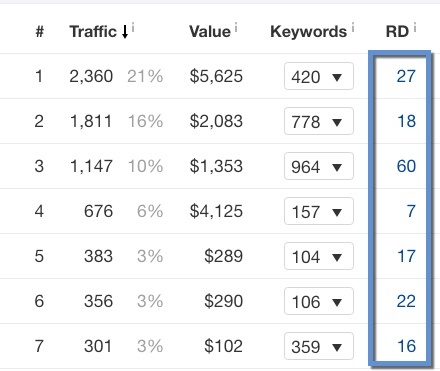
If the average is close to the number of linking domains specified with the keyword difficulty score, then you know you can probably get the links!
2. Build a Tool
When we say content, we usually think of blog posts, infographics, videos, podcasts, etc.
These are thing that most brands, even small ones, can produce.
However, the internet and technology allow for far more exciting possibilities.
Online content can take many forms and it takes creativity and out-of-the-box thinking to come up with options different from what everyone else is already doing.
How about building a free tool, for instance?
Provide something so valuable that your target audience will enthusiastically use, talk about, and link to!
If you are a software company, you could carve out of piece of your software and provide this for free with limited use like Moz provides a tool to assess your domain authority and then provides software to help build it.
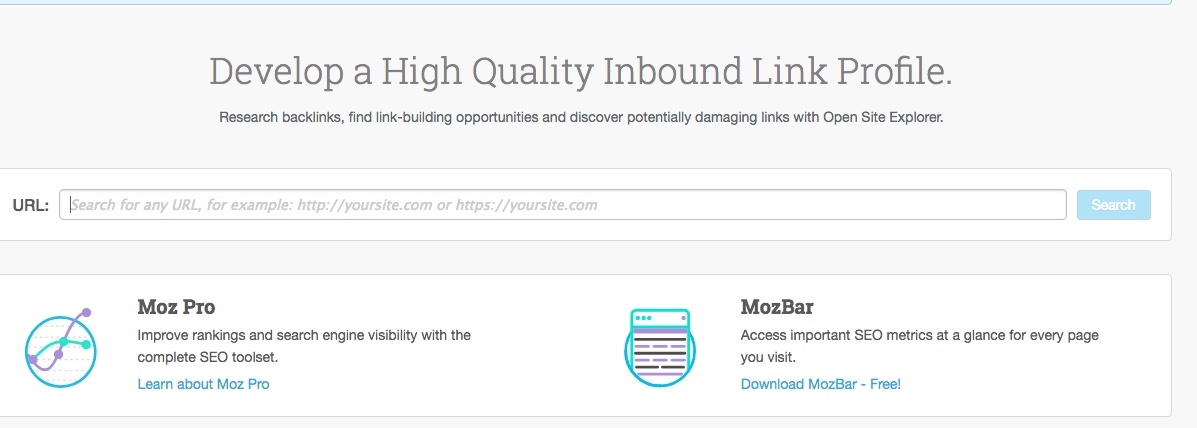
OR
Build something simple like The SaaS (software as a service) Calculator by Nickelled, which shows you when your company will run out of money!
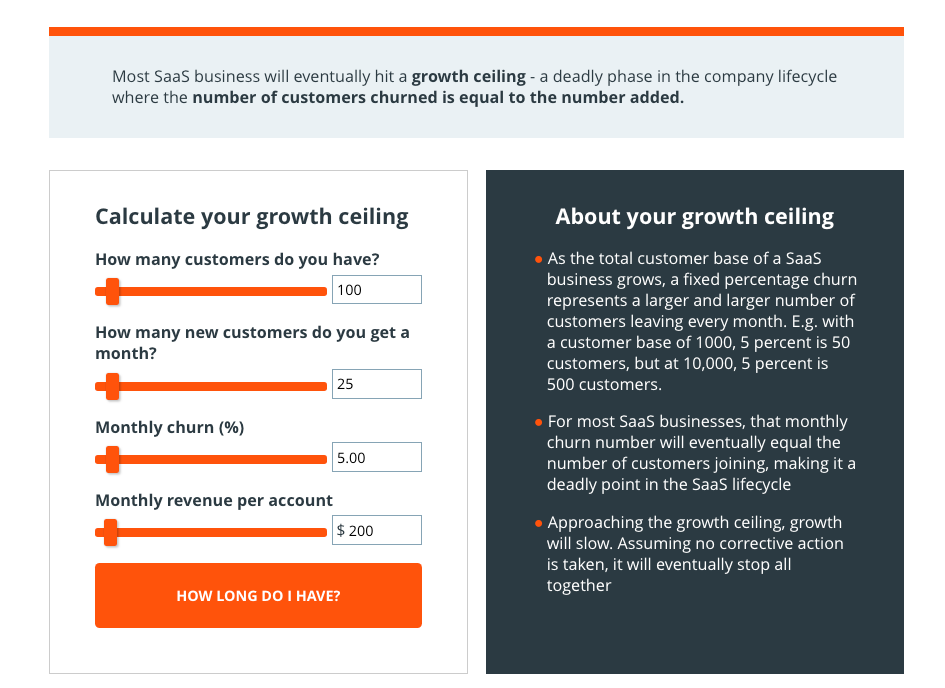
A blog post is not always going to be the answer if you want to rank for a competitive term or even the most memorable or valuable.
Interactive tools like calculators and assessments enable the visitor to have a more personal, customized experience. It helps them get unique, relevant value that a static piece of content never could.
Advanced Tip:
When you build a utility it’s much easier to promote a good domain name associated with the utility rather than a long URL on your website.
But…. redirect this domain back to your main website so that you get all the links passed on to your website (known as a 301 redirect).
In the example above I would have registered a domain name with SaaS calculator in it and when you visit this website it gets redirected to the main website.
3. Create a Resource -- Not Just a Blog Article
What’s the difference you ask?
A great resource is a piece of content that is:
- Long-form
- Actionable
- Helpful
- Visually appealing
- Easy to scan
Just think about it – if you read an in-depth article that gives you advice on how to do something and points you to other helpful tools and resources – will you consider it share-worthy?
I think it’s safe to say that the answer is yes.
If you are going to create a resource and not just blog article, you’ll need to review the top 10 research results and come up a unique angle and make it much more detailed and useful than what’s there already.
Use your own know-how to create a well-researched long-form piece of content that will be better and offer more resources than the content provided by your competitors.
Trust me, people will take notice and it will show in the number of shares and links you get to your content.
Advanced Tip:
Make it easy to jump to a relevant section by adding anchor tags. Think of it as digital table of contents.
Here’s an example from an an email marketing guide from Optinmonster:
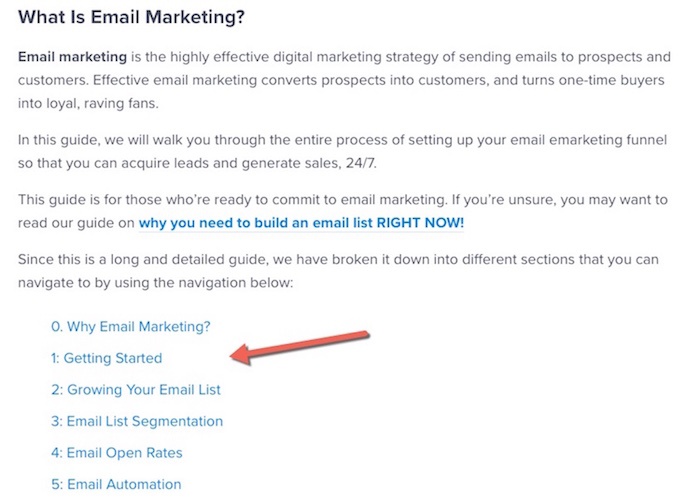
4. Republish Old Content
Believe it or not, it’s likely that 20% of the articles you publish are producing 80% of all your traffic!
This may seem like a bad thing to you at first, but just think about it for a second…
Producing quality content on a regular basis is hard work.
This doesn’t mean you stop producing new stuff, it just means you should focus on getting the most out of the popular content that you already have.
In fact, you can actually get more value out of your older, traffic-generating articles by republishing them!
Go through your Google Analytics reports to find older content (published 6-12 months or older) that generates the most traffic.
See which could use an update to provide your audience with fresh, relevant information, make some changes and republish it as new.
By updating and republishing it every once in a while, your already high-performing content will keep on driving traffic and likely perform even better in terms of driving links and shares.
Sometimes, an old article will need just minor updates, and other times you’ll need to make it better by diving deeper into the topic, writing from a fresh perspective, or adding new images and graphics.
No matter what the approach, the “juice” that those older URLs have is invaluable.
Here’s how Brian Deane from Backlinko marks updated articles on his blog:
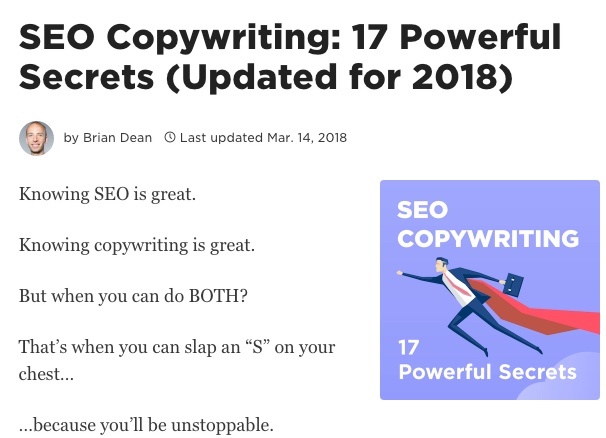
Advanced Tip:
If you are already ranking for for a post, you might find that some of those keywords are not even mentioned in it
By updating your article to include them, this will not only help you maintain your presence, but also help you move up the rankings for these related keywords.
5. Amplify Your Content to Get the Best Results
When you create less content but of higher quality and value, you can focus more of your efforts on content promotion and distribution.
Here are 3 ideas for improving your content promotion:
1. Have the Right Tools Available for Content Promotion
Here are a couple of tools that will help with your content promotion:
Agorapulse – To promote your content, you’ll need a good social media management tool. Agorapulse supports all the major social networks and has excellent scheduling and reporting functionality.
OutreachPlus – You’ll also need a tool specifically designed to help with your email outreach. OutreachPlus saves time and delivers better results by providing you with templates, advanced personalization, automated follow-ups, and advanced tracking.
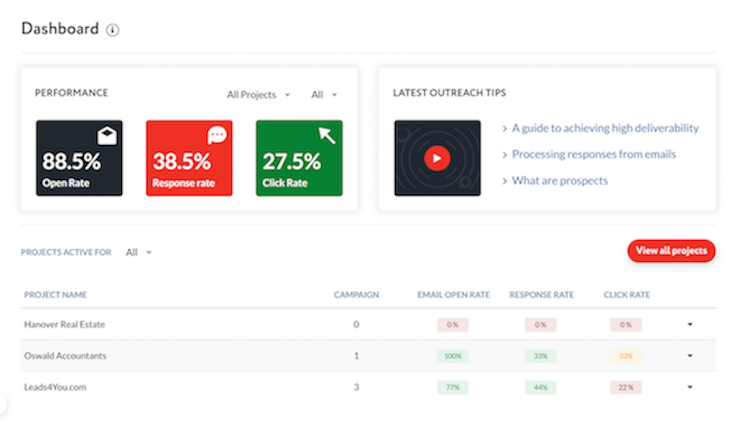
Brand24 - This is a social media and web monitoring tool that lets you keep track of people talking about similar content. You can then reach out to let them know about yours!
Google analytics – This isn’t specifically a content tool, but crucial to seeing what works and doesn’t work!
If you’re using marketing automation software like HubSpot, you’ll also get valuable insights into what content is getting the most views, how long people are staying on the page, and much more.
2. Do More Research Before You Publish
When creating a research report or any piece of content, start building a list of people who have talked about similar topics before.
If they published similar pieces before, it’s very likely they’ll be interested in yours.
Start by creating a spreadsheet with the following:
- Name
- Website
- Post
- Authority of website
From there, I recommend a maximum of 3 emails for your outreach:
Email 1 – Your first email asking is it ok to send some information
Email 2 – 3 days later, a reminder email if they didn’t respond
Email 3 – 5 days later – one last email to get them to respond.
The follow ups do work!
3. Involve Influencers
One thing that dramatically helps with content promotion is mentioning influencers
When it comes to your next article, find influencers, assess their relevance, and then reach out to get their opinion on the topic you’re writing about.
Here’s our DARTS framework for measuring influence:
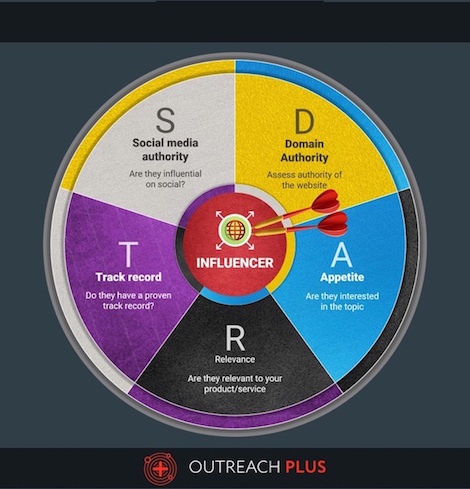
For example, for every research statistic add in a quote from an influencer. This inclusion will make them more likely to read and even share the content when published.
Having these names referenced also help give your work more credibility.
I bet you thought I was going to say have influencers share your content, right? In fact, I recommend the opposite. When reaching out to influencers, don’t just ask them to share content for you; they likely hear this all the time.
Instead, present great content to them and they’ll share if they think it’s valuable.
4. Repurpose Your Content
Ana Hoffman from Traffic Generation Café talks a lot about how content repurposing is actually an effective way of promoting your content and finding a new audience for it on different platforms.
According to Ana, repurposed content is “content reimagined and reinvented.”
It’s all about taking a valuable piece of content you’ve created and adapting it for different platforms.
So, for example, you could create graphics from your post and publish them on Pinterest or Instagram, create a SlideShare presentation from your article, do a Facebook Live talking about the article topic, and more.
This will help you reach more of your audience on different platforms and channels where they’re spending their time.
Go Forth and Do Less
When it comes to creating content in 2018, it’s all about working smarter, not harder.
If you spend more time on research and planning to produce higher quality, you can drive better results even with fewer pieces.
With so much content out there, audiences want quality, not quantity.
I’d love to hear your thoughts.


Order Your Copy of Marcus Sheridan's New Book — Endless Customers!

